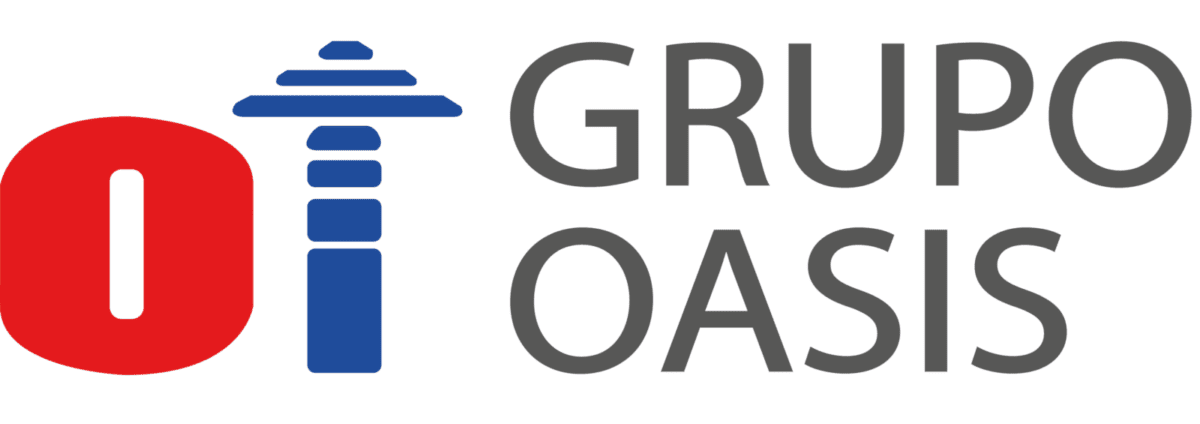mantenimiento colector de polvo, mantenimiento colectores, colectores industriales, polvos combustibles, colectores industriales, colectores para industrias, filtrado de neblinas, filtrado de humos, neblinas, niebla, empresas ventilación
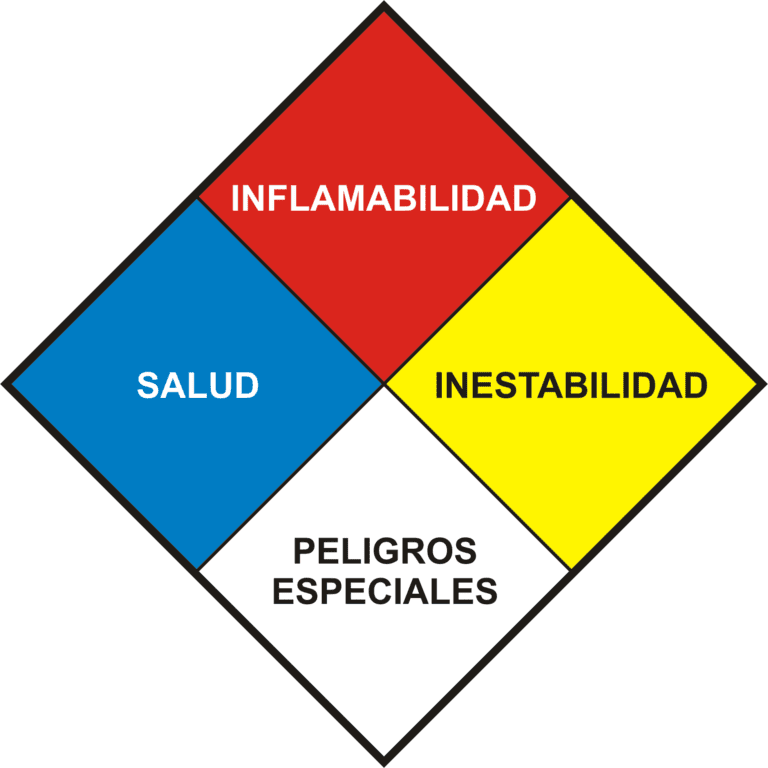
Rule 704 - Fire Diamond
The National Fire Protection Association or NFPA, is an international voluntary institution, which aims to standardize action protocols in Fire Protection and Prevention (National Fire Codes), this entity promotes good practices in the fire fighting and prevention.
We are sure that at some point you have come across this colored diamond or rhombus hanging on a transport unit, in production plants, in containers, etc., but do you know what it means?
The Norm - 704, is the standard code that allows to explain the meaning and composition of the fire diamond, this diamond with colors, intends to make known the dangers of highly dangerous substances or materials. In companies, plants or factories, it is very important that staff know and identify these signs and their meaning. The classification criteria of each number and each color are very important, since it depends on them to avoid an accident, never try to classify the value of materials independently, since there are many factors that could cause something to go wrong, always request the support of a specialist.
The NFPA – 704 looks through this colored diamond or rhombus, which is divided into four equal sections, but with different colors, which each have a meaning, as well as the numbers found inside.
The colors indicate the degree of danger and the numbers indicate the level of classification of said materials or residues.
Next, you will be able to appreciate the rhombus with its levels of danger.
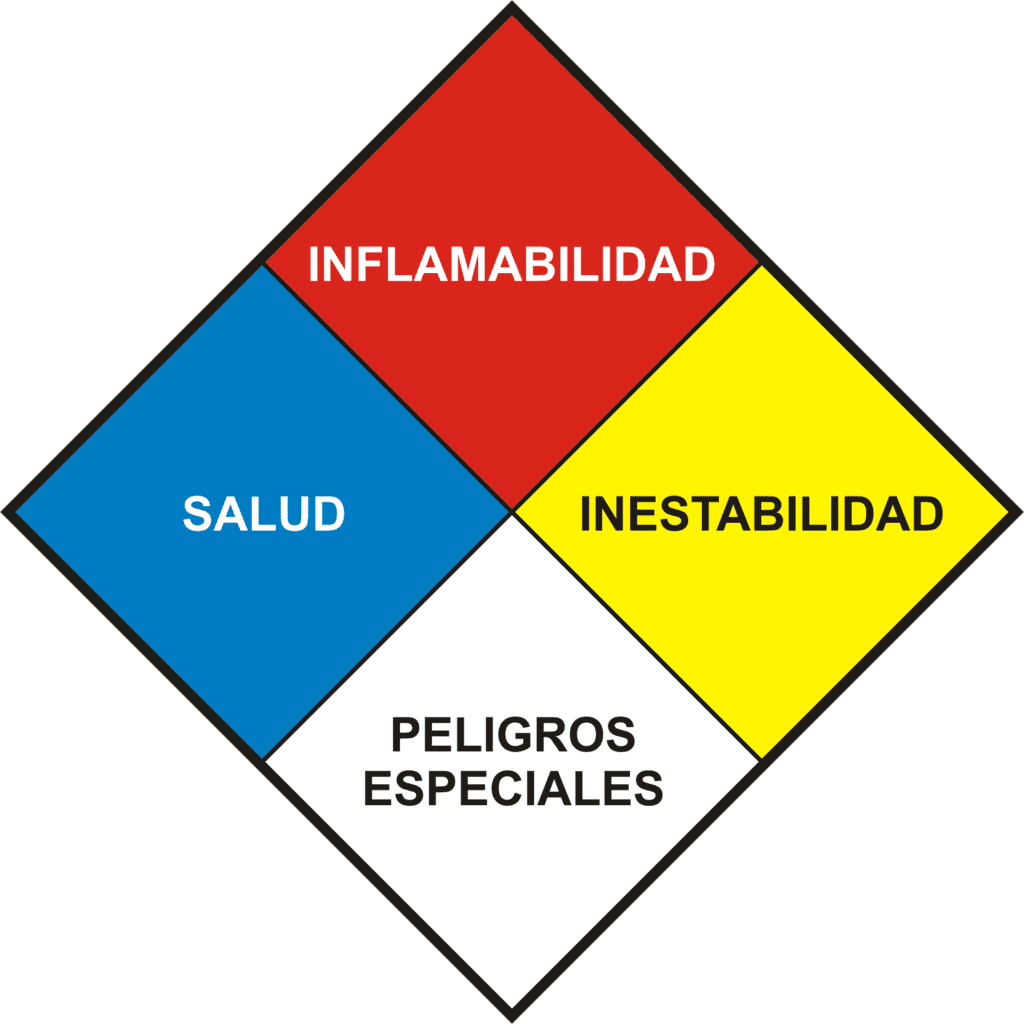
Within the standard, there are other symbols that are very important and that should also be known.
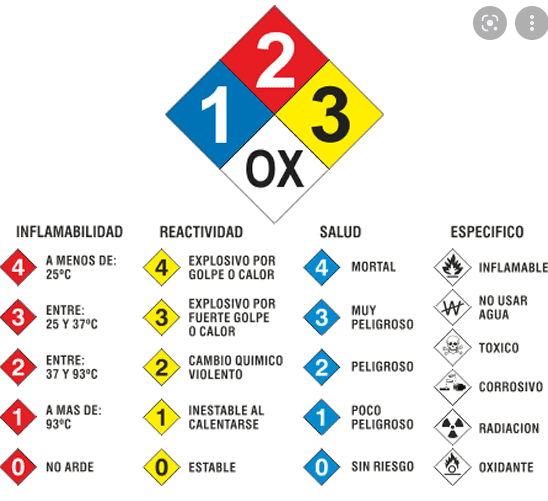
Source: NFPA
At Grupo Oasis, we care about helping our clients prevent risks related to fire, therefore, our DYNA FLO® equipment is designed and manufactured with all kinds of peripheral systems that allow dust, smoke and mist collectors to control potential risks. during your operation.
Some examples are: anti-explosion vents, non-return valves, explosion-proof motors and fire-fighting systems, the latter in particular, depending on the application Argon/CO2/Water.
If your collectors still do not have this type of system or you require a new collector with everything necessary to prevent explosions or fires due to combustible materials, call us, we are ready to help you, we have any type of solution tailored to your needs.
DYNA FLO® Tips:
- Hire an expert to identify potential risks in your company.
- A DYNA FLO dust, fume and mist collector is always a good option to help control and reduce risks.
- If you require a reliable analysis to implement the best solution for dust control, contact us, we are ready to help you.
Collector Types
dust collector maintenance, collector maintenance, collectors
polvos combustibles, colectores industriales, colectores para industrias, filtrado de neblinas, filtrado de humos, neblinas, niebla, empresas ventilación
Other articles of interest
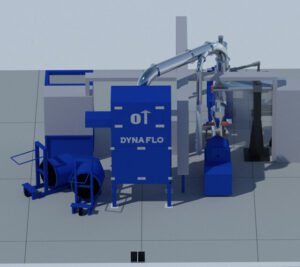
What is the function of an Industrial Dust Collector
La industria en todo el mundo genera a diario grandes volúmenes de contaminantes, esto debido a los diversos procesos de producción, lo que afecta directamente a la calidad del aire dentro de las fábricas…
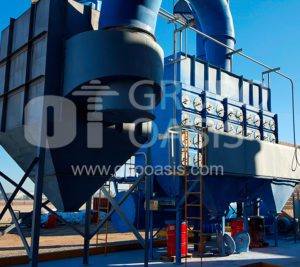
Definition of air flow
It is the movement of air between two points, as a result of a pressure difference between them, with the direction of flow always being from the point of higher to lower pressure...
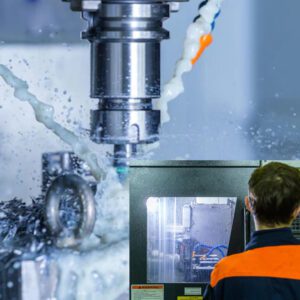
Oil mists
The workshops that work with specialized equipment such as CNC or lathes, require the use of liquids such as water and oils, aerosols are also used in some of these machining processes, these must be controlled at the point where they are generated, preventing them from come into contact with workers.


